Be More Childlike – Put Your Camera in Unusual Places
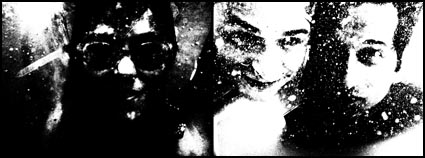
Portraits underwater anyone?
Everyone laughs a lot! Sometimes while underwater …
Kids do the craziest things! Do you?
Find more on Creativity here.

Portraits underwater anyone?
Everyone laughs a lot! Sometimes while underwater …
Kids do the craziest things! Do you?
Find more on Creativity here.
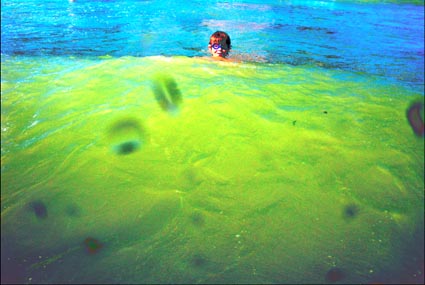
You know those stories your parents tell about you when you were a kid? They tell them so often you build up synthetic memories as you revisit them over and over again. My father often tells this story about me. “I knew the kid would be alright the day he came back from school with two drawings. ‘Look what the teacher made me do.’ Blue sky, green grass. ‘Now look what I did.’ Orange sky, purple grass.” Yesterday I asked my son “Do you want realistic or solarized color?” “Messed up!” was his response.
As adults, how often do we allow ourselves such creative freedom?
Find more on Creativity here.
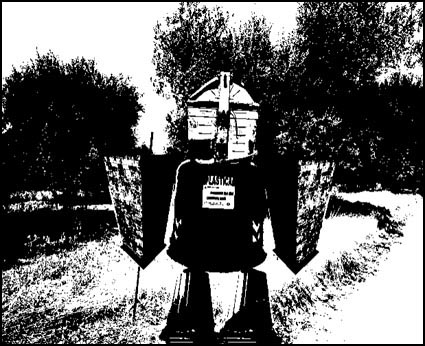
Start with …
1 kid
1 adult
1 camera
1 copy of Photoshop
Walk.
Talk.
Expose.
Talk.
Download.
Talk.
Review.
Talk.
Mix …
3 Trash Cans
1 Tower
1 Olive Grove
Talk.
Get …
What’s on your kid’s mind.
Robots anyone?
It can be challenging to be spontaneous with your primary creative medium.
Try enlisting a little help.
Want to be more childlike?
Spend more time with children.
Find more on Creativity here.
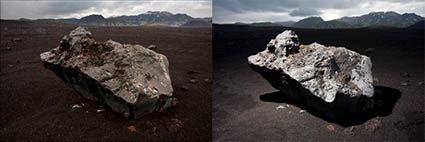
Using strobes on location gives you the ability to dramatically modify light – even on location at midday.
Check out Focus on Nature workshops.
Get priority status in my 2010 Iceland workshop.
Email info@johnpaulcaponigro.com.
Jim Balog likes to work with strobes and ice too.
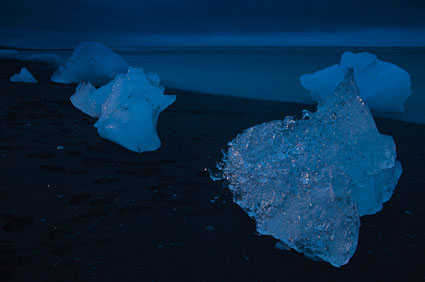
1 Without strobes.
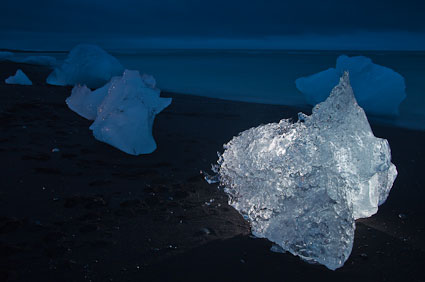
2 With strobes.
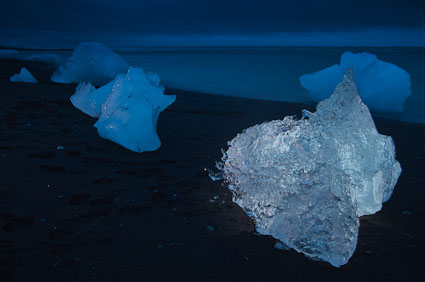
3 Exposures with and without strobes layered together.
I’ve always wanted to know more about artificial lighting. I figured I might use it in studio. I never figured I’d use it on location. That changed when Raganar th Sigurdsson (Arctic Images) broke out his strobes at midnight at Iceland’s Jokullsarlon glacial lagoon. Using strobes and flashlights, we were working light in a very direct way. As a result, I started thinking about light in new ways. Now I’m sure I will use strobes on location. It’s going to take more experimentation for me to know when. I recommend you experiment with light in your photography too. At the very least, your experiments will lead to an increased appreciation of it.
Check out Focus on Nature workshops.
Get priority status in my 2010 Iceland workshop.
Email info@johnpaulcaponigro.com.
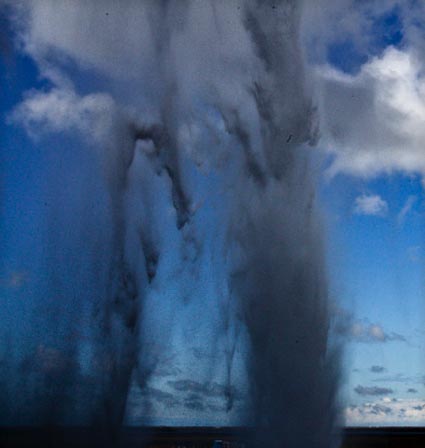
You can walk behind Selljalandsfoss waterfall in Iceland and get a totally different view.
How many times do you find the most unusual angle yields the best shot?
I recommend finding as many angles as possible for any subject.
It’s visual exploration that’s worth the investment.
Get priority status in my 2010 Iceland workshop.
Email info@johnpaulcaponigro.com.
Jim Balog’s Extreme Ice Survey breaks new ground photographically.
I visited one of the locations featured in this video recently, Jokullsarlon – Iceland’s glacial lagoon, where I saw changes, and heard of even bigger changes from people who have lived there a lifetime and studied it closely. 40 years ago the ice went to the sea. 30 years ago the lagoon became more visible. Twenty years ago it retreated more. Ten years ago the lagoon was half as long. Today the area is experiencing more dramatic change. Things always change, but glaciologist provide data that things are changing faster than ever today. Fascinating! It’s worth paying attention to.
Find more climate change resources here.
Get priority status in my 2010 Iceland workshop.
Email info@johnpaulcaponigro.com.
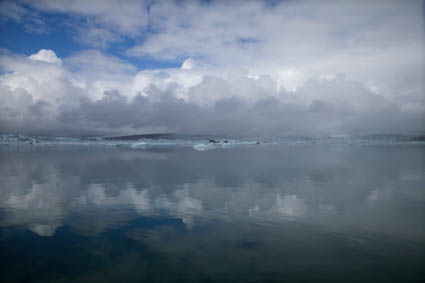
One of the many highlights of any trip to Iceland is Jokullsarlon, the glacial lagoon on the east coast. It’s about 5 hours drive from Rekjavik, and worth every minute of it.
To get a better feel for it, you can see several videos made there.
Get priority status in my 2010 Iceland workshop.
Email info@johnpaulcaponigro.com.

